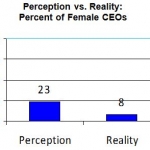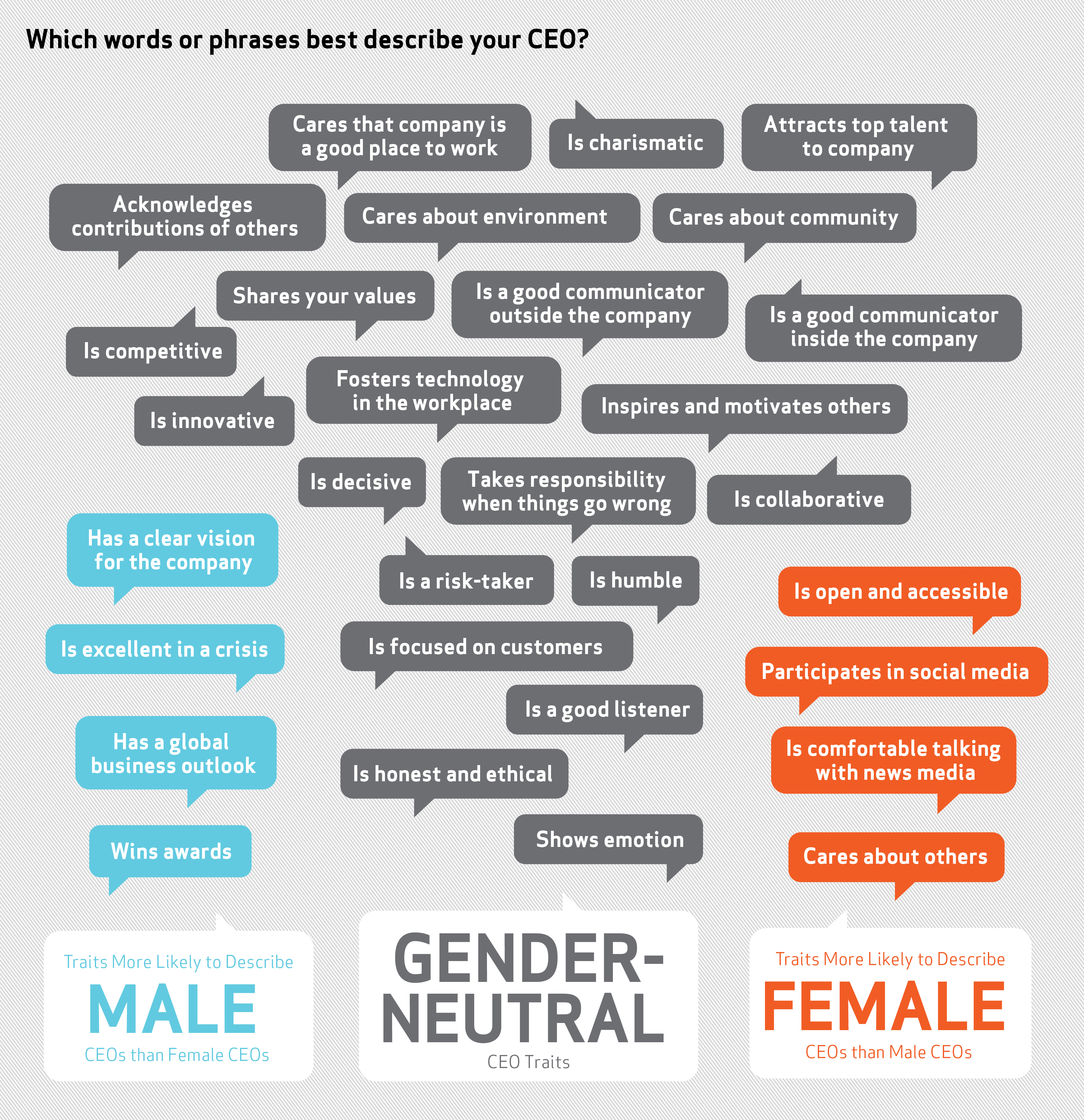By Mark David Richards, PhD, Senior Vice President, Managing Supervisor
The success of an organization depends in large part on its reputation. Reputation among an organization’s stakeholders is influenced by a variety of drivers which cluster in three fundamental pillars: what the organization offers (e.g., the quality of its products and services), what the organization values (e.g., honest and ethical, caring), and perceptions of the organization’s future (its current and anticipated financial performance). Reputation drivers ultimately advance from the more rational (familiarity and respect) to the more emotional (engagement and trust).
Recent research by global public relations firm Weber Shandwick and KRC Research[1], The CEO Reputation Premium: Gaining Advantage in the Engagement Era (March 2015), conducted among corporate executives in 19 countries, shows how important positive regard for the Chief Executive Officer (CEO) is to the reputation of a company. Corporate executives report significant benefits from a positive CEO reputation, including attracting investors (87%), positive media attention (83%), and crisis protection (83%). In fact, they attribute nearly half (45%) of a company’s reputation to the reputation of the CEO.
What makes for a well-regarded CEO? Executives agree that a well-regarded CEO has a clear vision for the company, has a global business outlook, is customer focused, honest and ethical, decisive, a good communicator, inspires and motivates others, and cares that their company is a good place to work.
Are there gender differences in how CEOs perform in the top leadership slot? What do women CEOs bring to a company’s reputation? That’s the question of our follow-on analysis, published this week in The Female CEO Reputation Premium? Differences & Similarities and reported in Fortune.
The short answer to the question is that outcomes and leadership qualities of female and male CEOs are far more similar than different. “Apparently, once women sit in the chief executive chair, they’ve proved themselves and their gender is no longer an issue. Like their male counterparts, all that now counts is business performance,” said Leslie Gaines-Ross, Weber Shandwick’s Chief Reputation Strategist. Executives in companies led by female CEOs tended to describe their CEOs a bit higher on being more open and accessible, caring, and comfortable talking with the news media and participating in social media. In contrast, executives in companies led by male CEOs tended to describe their CEOs a bit higher on having a clear company vision, having a global business outlook, being excellent in a crisis, and winning awards.
We found gender parity when it comes to performance in both enhancing market value and overall company reputation. That’s good news, and not at all surprising to those of us who have worked with and for smart, insightful, and powerful female executives over the course of our career.
In fact, gender diversity in the workplace is a widely-acknowledged asset these days. And, according to global organizations like the OECD, UN, USAID, and the IFC, fostering gender parity could have wide-reaching global implications: Women’s global income would increase by up to 76%, with a global value of $17 trillion (UN); Global GDP would go up by 12% in 15 years (OECD). Countries would become demonstrably more inclusive, egalitarian, and democratic (USAID). And, with gender parity, companies would benefit from a competitive advantage as they reach a wider talent pool, enhance productivity and improve staff retention (IFC).
So is there gender parity when it comes to holding the top leadership position? Not by a long shot. By recent count, Catalyst found 23 women are CEOs in S&P 500 companies. That’s 4.6% of CEO slots in S&P 500 companies. Globally, 12% of businesses are led by a female CEO or Managing Director, according to The Grant Thornton International Business report survey.
 Is that number lower than you thought? If so, you’re not alone. On average, global executives in our study significantly over-estimated the number of women holding the top position. On average, global executives estimate that 23% of CEOs are women. Female executives overestimate women in leadership a bit more than their male counterparts (25% vs. 21%). Among the global executives we surveyed, 8% said they work for a company with a female CEO.
Is that number lower than you thought? If so, you’re not alone. On average, global executives in our study significantly over-estimated the number of women holding the top position. On average, global executives estimate that 23% of CEOs are women. Female executives overestimate women in leadership a bit more than their male counterparts (25% vs. 21%). Among the global executives we surveyed, 8% said they work for a company with a female CEO.
The story is more complicated. Last year, Business Insider reported on research from Zenger Folkman showing that parity is the norm in the lower echelons of global companies: more than half of new hires are women. However, women become less represented at each successive level of the power structure. This, at a time when 60% of companies are facing leadership shortages.
So why the big gender disparity when it comes to women in top leadership positions? Our survey of executives found that not everyone aspires to be CEO. In fact, many executives are reluctant. Among both men and women, about a third said they were not interested in being the top leader of a large company (30% men, 33% women).while a plurality (37% men, 43% women) said, “maybe.” While fewer women (23%) than men (32%) said they would like to be top leader, this is not dramatic enough to explain the wide leadership disparity in the C-Suite.
A recent study by the Pew Research Center found that Americans are not optimistic about the future of women and leadership. Although the majority of Americans think men and women perform equally in corporate leadership, over half (54%) think men will continue to hold more top business positions than women in the future, compared to 44% who think it’s only a matter of time before women hold as many top positions as men. When asked about why there aren’t more women in top executive business positions, 43% said women are held to higher standards, 43% said companies are not ready to hire women leaders, 23% said family responsibility doesn’t leave enough time, and 20% thought women don’t have sufficient connections or support.
Although the answer to why the disparity continues to exist is up for debate, our study found that executives believe it is important to increase the number of women in CEO positions–and women believe this in greater numbers than men (84% vs. 60%). We also learned that women who aspire to be CEO are more likely than their male counterparts to be Millennial, to be employed in privately-held companies, and to work for female CEOs. The correlation between working for a company with a female CEO and aspiring to be a CEO highlights the importance of role models and mentors. Being a role model or mentor is gender neutral—we can all do it, regardless of the position we hold on the corporate ladder.
[1] Online 15 min. survey of over 1,750 corporate executives, drawn from commercial panels. Executives work as managers through C-suite, excluding CEOs, in companies with revenues of $500 m
illion or more, or market equivalent.









